
Sustainability risk in the Asian Power sector
By Ashutosh PandeyThat climate change will have a significant impact on the power sector is a given. Whether it is via physical impacts due to climate events (think: flooding in the coal mining districts of Australia, affecting raw material supply to thermal power plants) or regulation around GHG emissions, the industry is facing new threats due to environmental factors. What is less clear – how, when and by how much will these risks impact companies in the power sector.
Companies around the world are beginning to face what can broadly be classified as sustainability risks – or risks emerging for environmental and social factors. Traditionally these risks have been left outside the realm of business decision-making because they are the result of externalities that do not financially impact a business. But with factors such as climate change, rapid depletion of natural resources, and rapidly growing demands from business and societal actors, these ‘externalities’ are beginning to have a monetary influence on business operations. Recent developments, such as the formation of carbon markets, emphasis on accounting for water use, and negative impact of land-use and bio-diversity management have forced companies to quantify environmental and social risks. It is in this regard that the articulation, quantification and prioritization of sustainability risk become important.
Sustainability risk is found in the company’s value chain. This means that it is found in exactly the same place as other corporate risk – in the supply chain, in interaction with customers, investors, and other stakeholders, and in government regulation.
For the power sector (especially those companies dependent on fossil fuels) sustainability risk can lie in the areas where they mine for fuel, in the location of the power plants, in availability of fresh water, and in the communities they operate. While this knowledge is not new, what may be of interest is how power companies will need to react to evolving risks along all of these dimensions.
For example, government regulations like the levy of a coal cess of about $1 per tonne of coal produced has been devised in India, giving a blow to the profit margins of coal producers and raising prices for power companies. In anticipation of such levy’s forward-looking companies may seek to improve plant efficiencies, look for fuel substitutes, upgrade technologies, or expand their portfolio to renewable energies.
In order for the power sector to credibly manage sustainability risks, it needs the ability to articulate the risks within the context of the business. However, given the nascent nature of sustainability risk management, firms across the power sector have a diverse viewpoint on the subject, making management of these risks difficult and many times arbitrary and rooted to compliance and regulation.
To take any effective action towards sustainability risk mitigation, it is important that company’s look beyond regulatory regimes. To carry out an exhaustive risk assessment exercise that is comprehensive, relevant, and timely there is a need for frameworks that speak the language of business. The Sustainability Risk Assessment should comprehensively assess sustainability risk. It should help companies quantify the risk so that a clear picture of expected impact of climate change and unsustainable practices emerge. Given the rapid fluctuation in domestic and global power scenarios, the risk assessment can all help gauge the degree of impact in different scenarios across a short, mid, and long term.
Given the rapid projected expansion of the power sector – especially in India and China – the time is now for the power sector to take immediate action to assess and mitigate environmental and social risks. Such action will help companies develop capacities to absorb shocks related to climate change and sustainable development related impact, regulation, and market demand.
Ashutosh Pandey, Chief Executive Officer - Advisory, Emergent Ventures





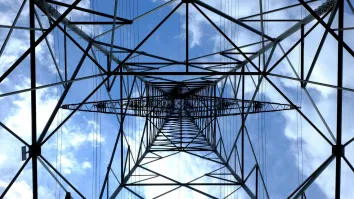

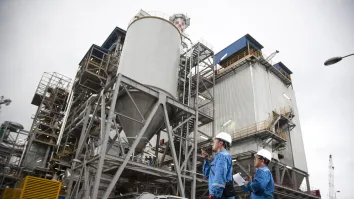
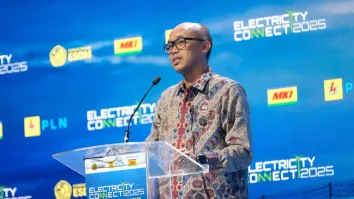






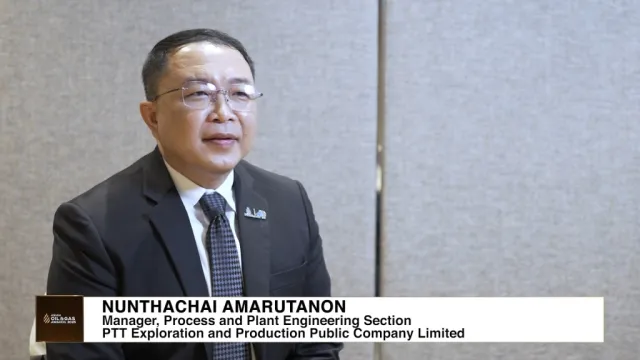

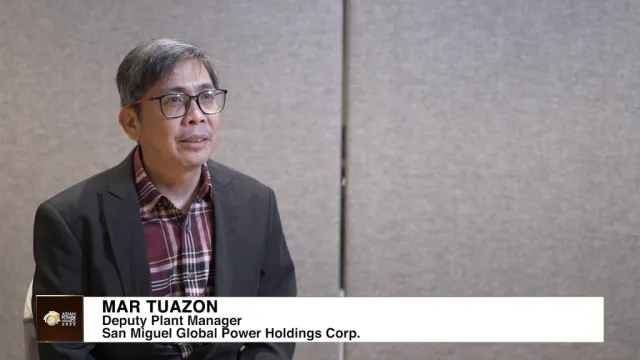
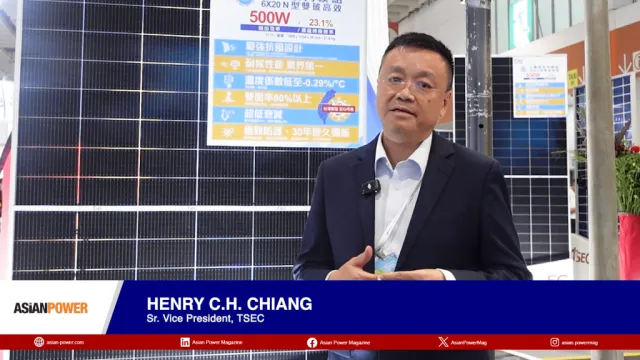

 Advertise
Advertise







